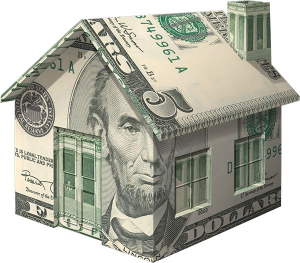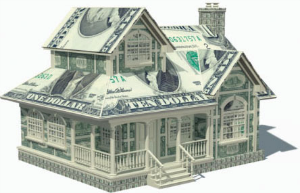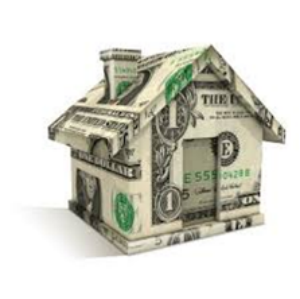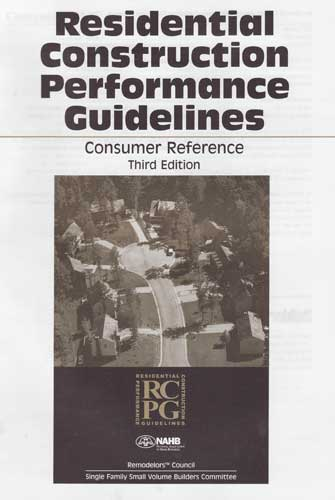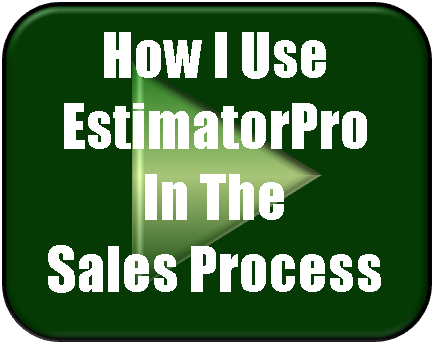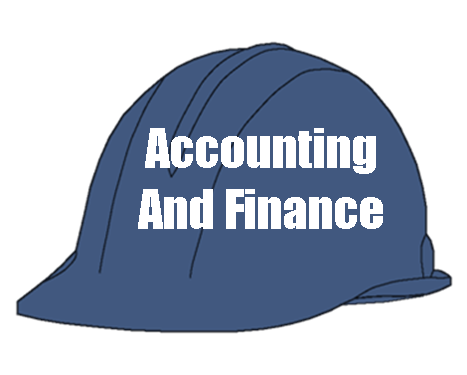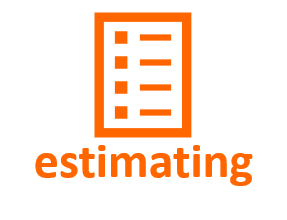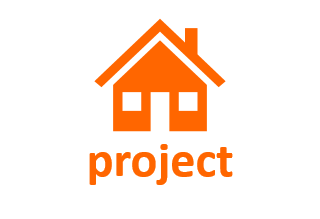SETTING A PRICE
FOR A HOUSE
A WEBSITE MEMBER ASKS --
Before I can use all this wonderful stuff I have received from you, I still have to figure out how to price and sell a house.
Do you have any advice on how to set your price?
|
|
Such a simple, basic question.
And yet it goes directly to the heart of this website.
Here are some questions that will help you get started--
What Are Your Market Demographics?
|
|
General Questions -- - What is the average square foot price to build in your area?
- What are the demographics of the market in your area?
- What is the average household income?
- How large is the average family?
- What is the median age of the head of household?
- How many Single-Family Residences (SFR) were built last year in your market?
|
|
|
|
|
See one method of performing a Market Opportunity Analysis here.
|
|
|
|
Your local Building Department or Regional Building Authority should have a wealth of local construction data available. Ask for it.
You can get national construction permit data here. https://www.census.gov/construction/bps/.
What Is Your Context?
In the next step you will add some context to the question. When you ask about how to price a house without providing information regarding the context of your market and your selected niche in that market, you are asking a question comparable to "How long is a string?".
|
|
Specific Questions -- 1. What is your market niche? - Are you competing in the luxury niche of the market, or in the "least-cost-per-square-foot" niche of the market?
- Are you selling starter houses? Move-Ups? Trophy homes?
- Why did you select this niche?
- What is the size of the market in this niche?
2. Who is your competition in this niche? - Do you already own a segment of the market, or are you new to the area?
- Are you trying to expand your current niche to your nearest flanker models?
3. Why would a prospect select your company over the competition in this niche?
|
|
|
Look here to get an idea of how to establish your market position.
|
|
|
|
Look here for an idea of how to become "meaningful" in the minds of your selected niche.
|
|
|
|
Conduct a SWOT (Strengths, Weaknesses, Opportunities, Threats)
analysis of your business to develop ideas for expanding and/or owning your niche here.
|
|
|
|
Find out what your prospects value in a house, and then incorporate those items or processes into the house, ...and then tell your market that you have what they want.
|
Not only that you have it, but you are the market expert at fulfilling their desire for it. See how here.
|
|
Put It All Together
Once you have completed the steps above, you will have a basis for making pricing decisions.
|
|
- You will have an idea of the basic demographics of your market.
- You will have an idea of where you fit in the array of builders.
- You will have defined your niche, knowing that it is large enough to provide the revenues you require and small enough for you to own and defend.
- You will know what your niche values.
- You will have determined a "value-adding" way to satisfy your niche.
|
|
With This Information In Hand, We Can Start To Discuss Pricing
|
|
- Unless you are at the higher end of the market where your clients will not be applying for mortgage loans, you must be within shouting distance of the accepted price-per-square-foot costs in your market. This is because the lenders will be looking at comps for your pricing and they need to feel comfortable that they can resell the house if the loan goes bad.
|
|
|
|
- You must understand what your market values (and is willing to pay for), and what they do not value. Include lots of the former and eliminate the latter.
|
|
|
|
- There are basic best practices in the construction industry that you must follow, or you will wind up spending what you thought was profit for litigation or for higher insurance premiums down the road. Read about the NAHB Residential Construction Performance Guidelines here.
|
|
|
|
- Keep the conversations away from "cheapest" and focus on "value". Every buyer accepts that you know more about building than they do, and have many ways of decreasing the value to decrease the price.
- That is not what the customer wants. At the high end or the low end, they don't want to be cheated.. they want to receive value for the money they are spending with you. If you can make them comfortable with your value-delivery, you will make the sale.
|
|
One More Suggestion
Once I have researched and understand my macro-market, and
I have investigated and established my micro-niche in that market, and
I am comfortable that I can deliver value to my client within the general per-square-foot pricing parameters of the competition,
I need an estimating program that reflects and automates my value proposition.
Get a top-notch estimating program.
For my own piece of mind in preparing pricing, a comprehensive and reliable estimating program is an absolute necessity. I use and recommend EstimatorPRO. You can read about it and watch some demonstrations of the template I have developed for my own use.
|
|
|
See the other videos and papers here.
|
|
|
|
With this Excel-based application, you pre-set your pricing levels for supervision, overhead allocation, and profit percentage. These soft costs are combined with a phase-by-phase calculation of expected expenses to provide a reliable pricing construct you can be comfortable using.
Knowing that the pricing I have developed is accurate, fast, comprehensive, and addresses the needs of my market niche puts me in a position to deal confidently with any prospect with whom I am discussing building a house.
